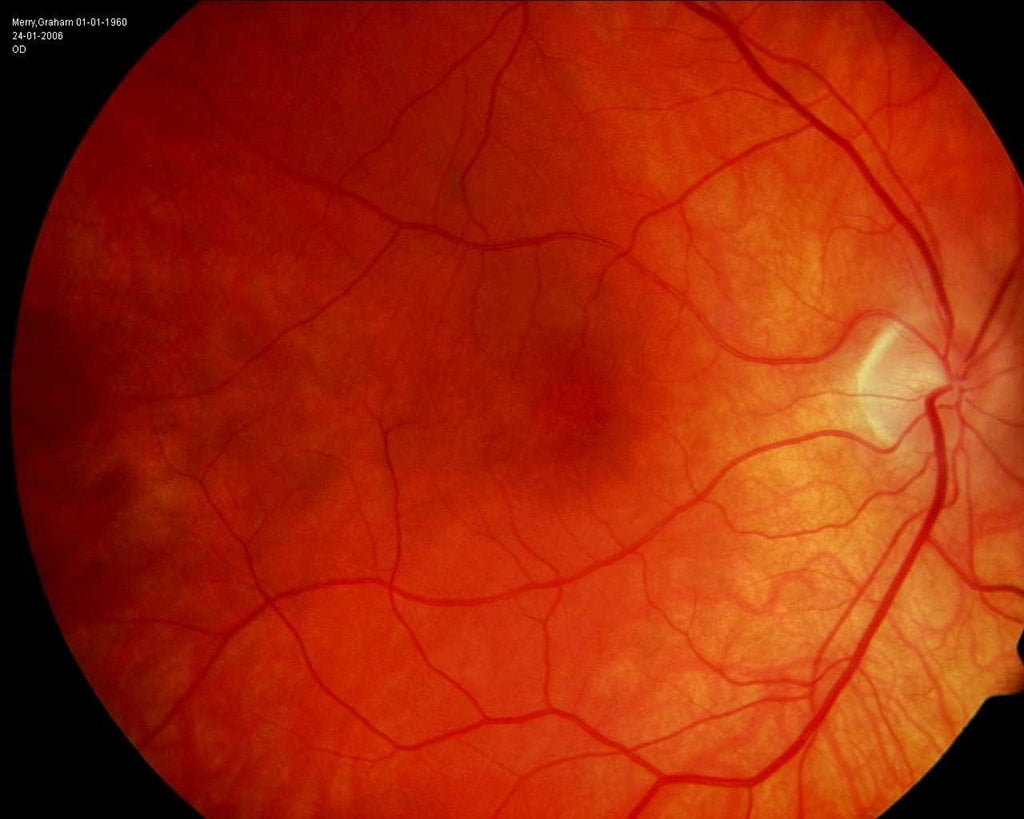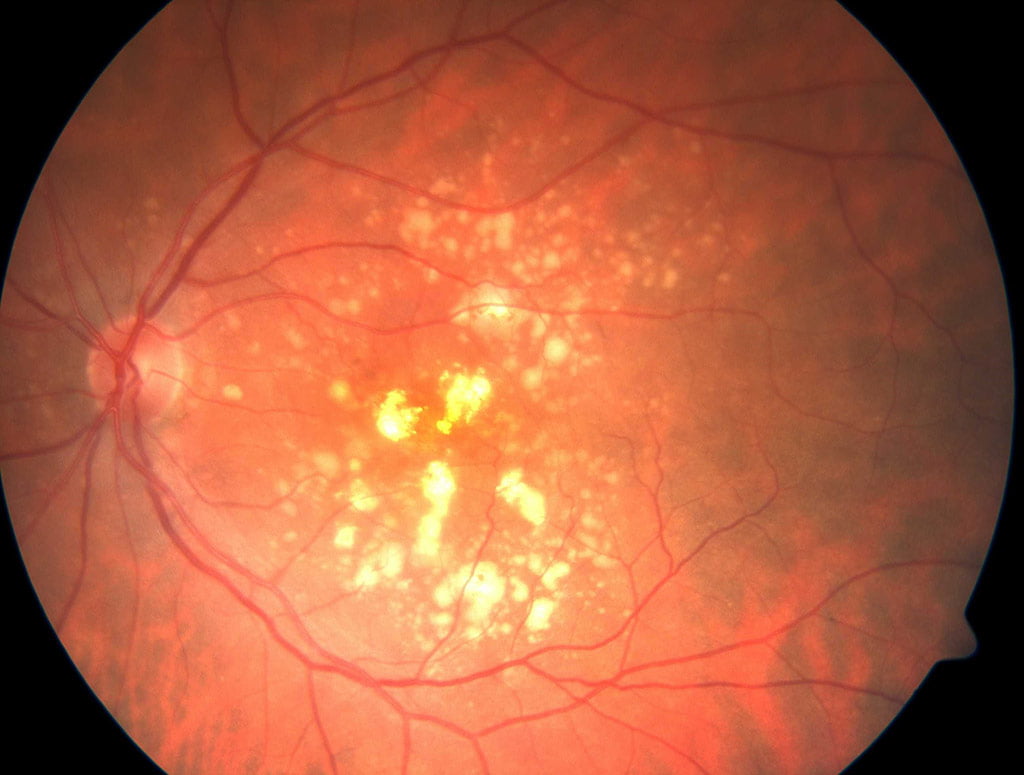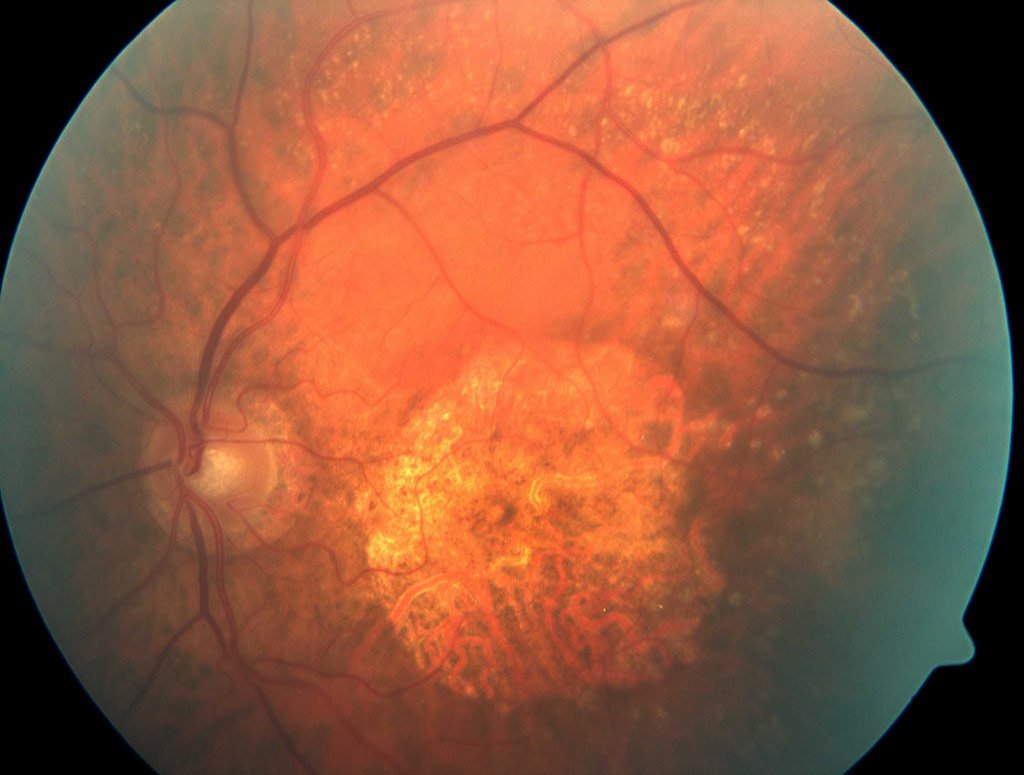Age Related Macular Degeneration
(ARMD or AMD)Age Related Macular Degeneration (ARMD or AMD) is the leading cause of vision loss in the over 50’s in North America.
By the year 2020 there will be an estimated 30Million patients with AMD in North America alone.
By far the most common type (80-90%) is DRY AMD that can progress to the WET form. The wet form is where fluid and blood may leak into retina. If this happens there is often catastrophic vision loss and although there are many treatments that are effective for wet AMD to stop the leaking and bleeding there can be significant side effects and visual recovery may not be as dramatic as its loss.
The dry form is generally slowly progressive with a loss of central vision that may interfere with daily activities requiring good vision. This can mean inability to drive and loss of independence as well as inability to read. Depression is far more common amongst AMD patients. Blindness is universally feared.
To date there have been no proven active treatments for dry AMD. Modification of life style – exercising, eating a healthy diet with plenty of leafy greens, not smoking and taking anti-oxidant vitamins may help to delay progress.
Below are some photographs of a healthy retina, a dry AMD retina and an advanced dry (atrophic or geographic atrophy) AMD retina. (Click on each photo to enlarge).
Photobiomodulation as used in the TORPA study and Photospectra’s off label data has been shown to restore and preserve visual function and also may prevent conversion to wet AMD.



